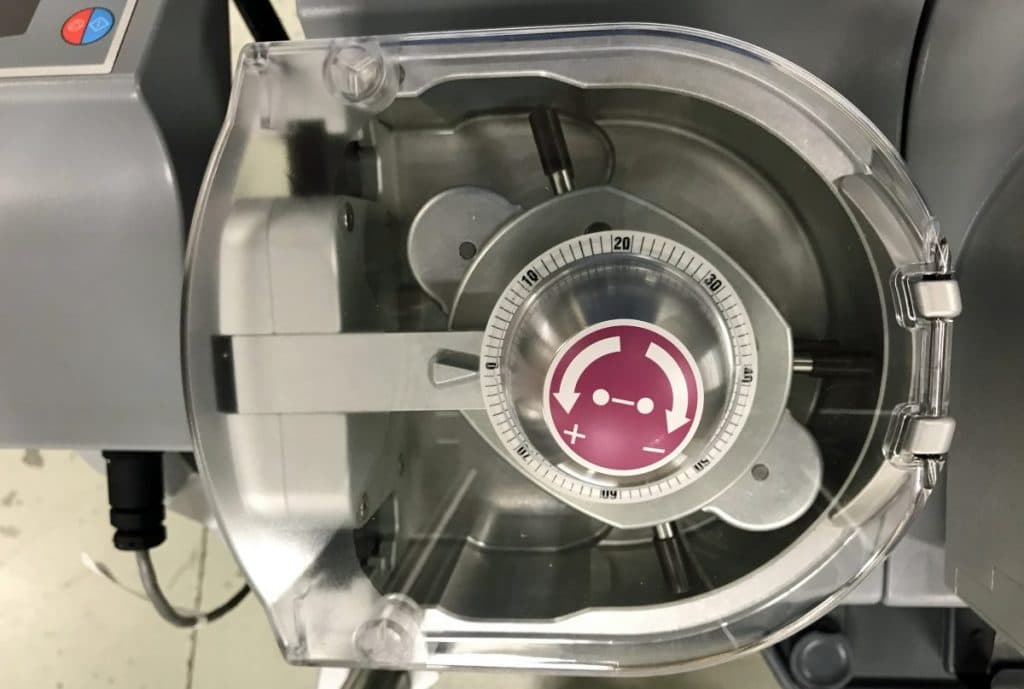Retrograde Autologous Priming in Surgery of Thoracic Aortic Aneurysm

Objectives
Surgery of thoracic aortic aneurysm (TAA) is associated with blood loss and coagulopathy and a high need for red blood cell (RBC) volume. Retrograde autologous priming (RAP) decreases haemodilution during cardiopulmonary bypass (CPB). The aim of this study was to show the effect of RAP during surgery of TAA repair on haemodilution, the need for RBC transfusion and the postoperative course compared to conventional CPB (cCPB).
Methods
A retrospective study was performed on 120 patients with TAA. Half of these patients underwent cCPB and the other half received RAP. Statistical analysis was performed using IBM SPSS statistics 23. The χ2 test, the Fisher’s exact tests, the independent t-test and the Mann–Whitney U-test were used. Statistical significance was assumed at P-value <0.05.
Results
Lower blood product requirements were observed for the RAP group regarding the transfusion of intraoperative RBC (0.87 ± 1.33 vs 1.97 ± 2.43, P = 0.013), postoperative RBC (0.57 ± 1.4 vs 1.32 ± 1.82, P = 0.002) and postoperative fresh frozen plasma (0.52 ± 1.63 vs 1.48 ± 3.32, P = 0.036). The postoperative drainage loss showed significantly lower measurements for the RAP group after 6 h (295.9 ± 342.6 vs 490.6 ± 414.4 ml, P ≤ 0.001), 12 h (450.1 ± 415.5 vs 652.1 ± 463.9 ml, P < 0.001) and 24 h (693.1 ± 483.9 vs 866.4 ± 508.4 ml, P = 0.004).
Conclusions
RAP is a safe and easy method to reduce RBC transfusion in TAA surgery without any adverse effects on the clinical outcome. We were also able to show beneficial effects on fresh frozen plasma requirements and postoperative chest drainage volume. Furthermore, improved microcirculation can be suspected. In consequence, we have implemented RAP as a clinical standard during thoracic aortic surgery.
